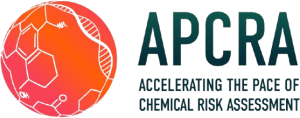Overall goal/objectives:
There is a need for high-throughput new approach methods (NAMs) for exposure, as data critical to exposure estimation are often limited. The NAM approaches include structure-based machine-learning Quantitative Structure Use Relationship (QSUR) models, non-targeted monitoring of environmental data, high throughput toxicokinetics, rapidly parameterized consumer exposure models, and consensus multi-pathway modeling (CPDat/SHEDS-HT) approaches (e.g., ExpoCast, SEEM). This case study is the collection of work to: A) evaluate the exposure NAM landscape across chemical use, release, monitoring, toxicokinetic, and exposure domains; B) evaluate and refine QSUR models; C) comparing NAM and traditional exposure estimates.
Case Study Leader:
US EPA (Kristin Isaacs)
Collaborators:
US EPA, Health Canada
Status: In progress
- Sub-case study A) The Chemical Landscape of High Throughput New Approach Methodologies for Exposure – published
- Sub-case study B) Evaluation and Refinement of Quantitative Structure Use Relationship Models – manuscript in prep
- Sub-case study C) Comparing High-Throughput and Traditional Exposure Estimates -sunset
Presentations or publications that have been publicly released:
Isaacs, K.K., Egeghy, P., Dionisio, K.L. et al. The chemical landscape of high-throughput new approach methodologies for exposure. J Expo Sci Environ Epidemiol (2022). https://doi.org/10.1038/s41370-022-00496-9

